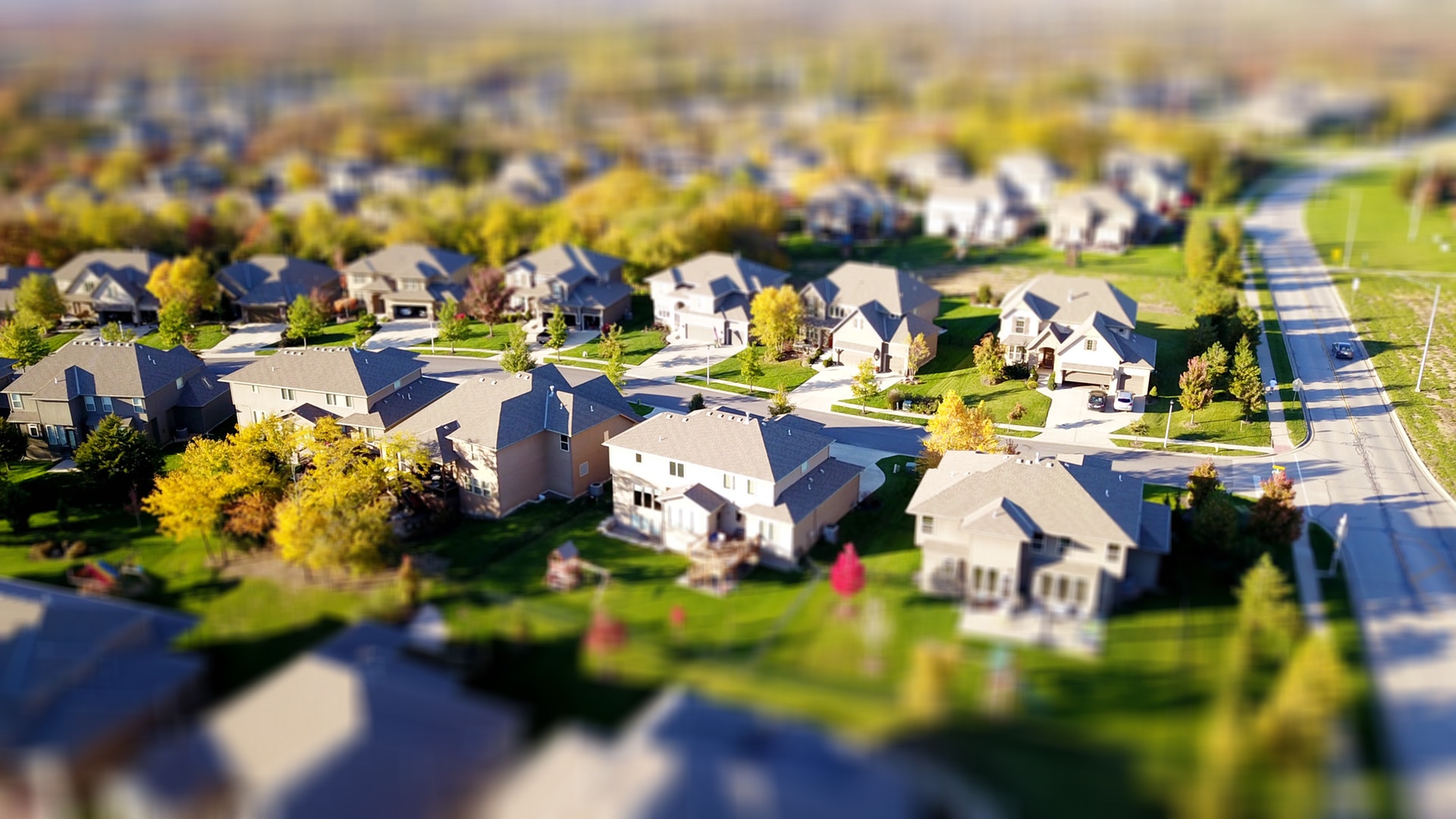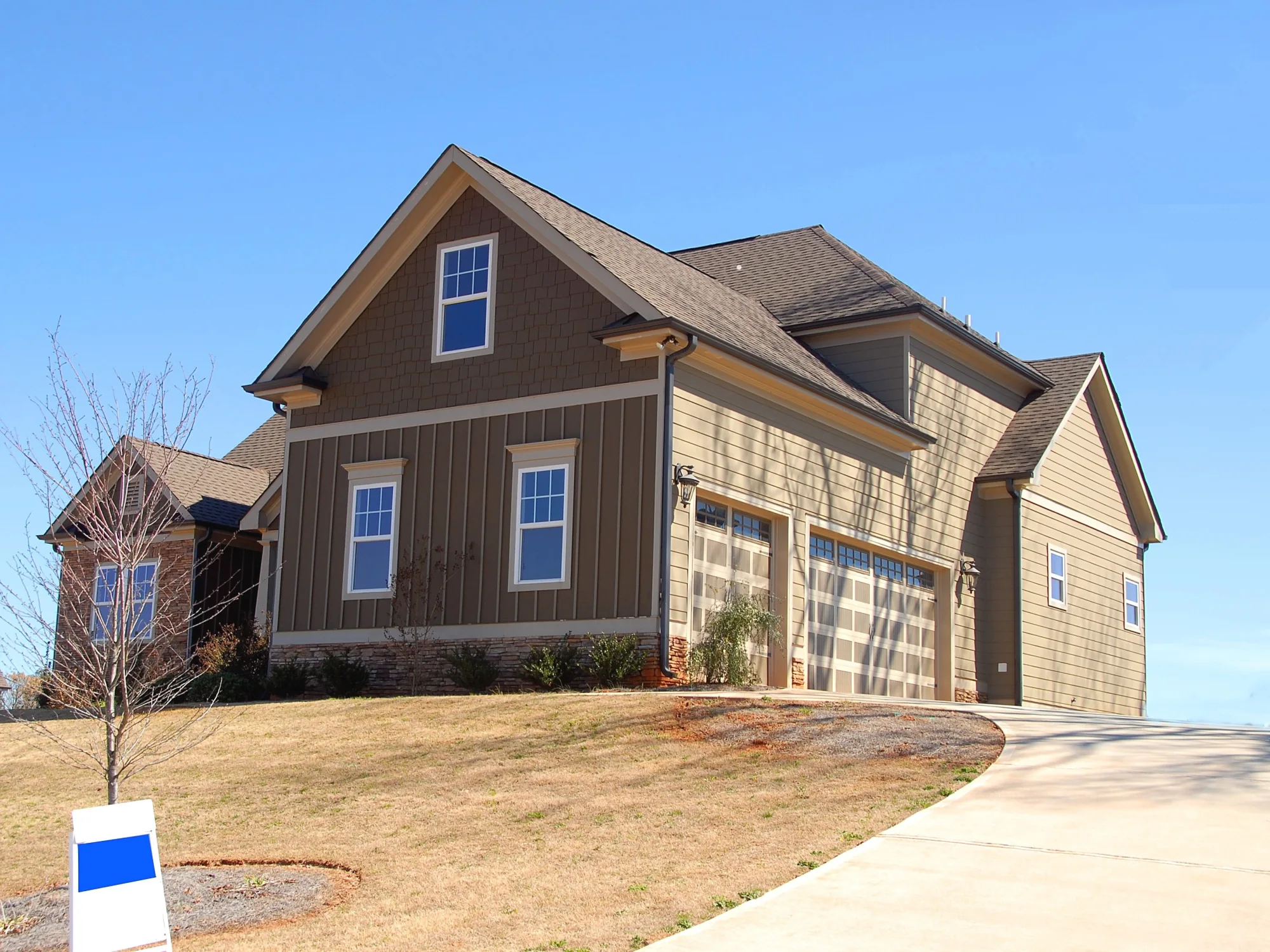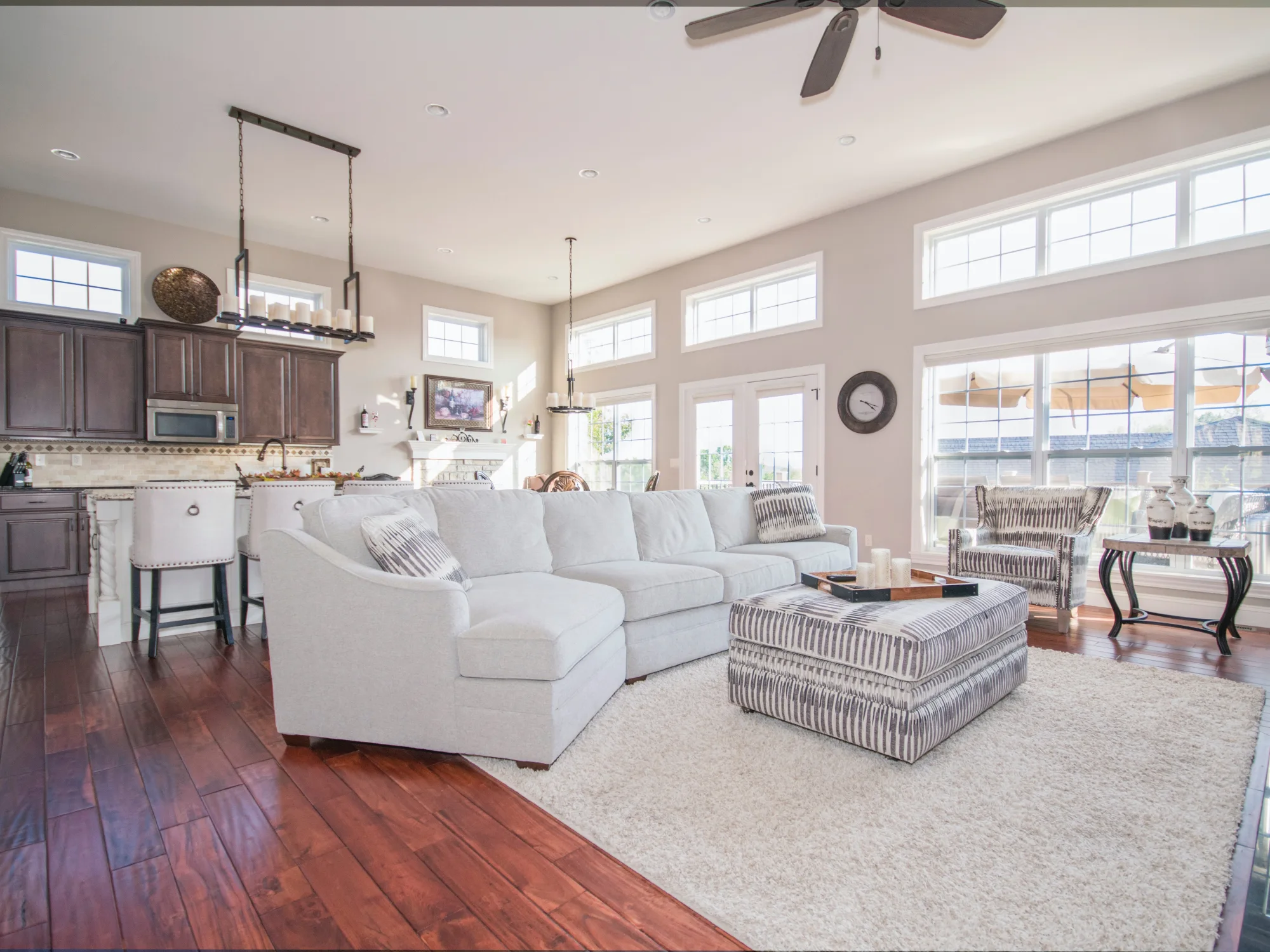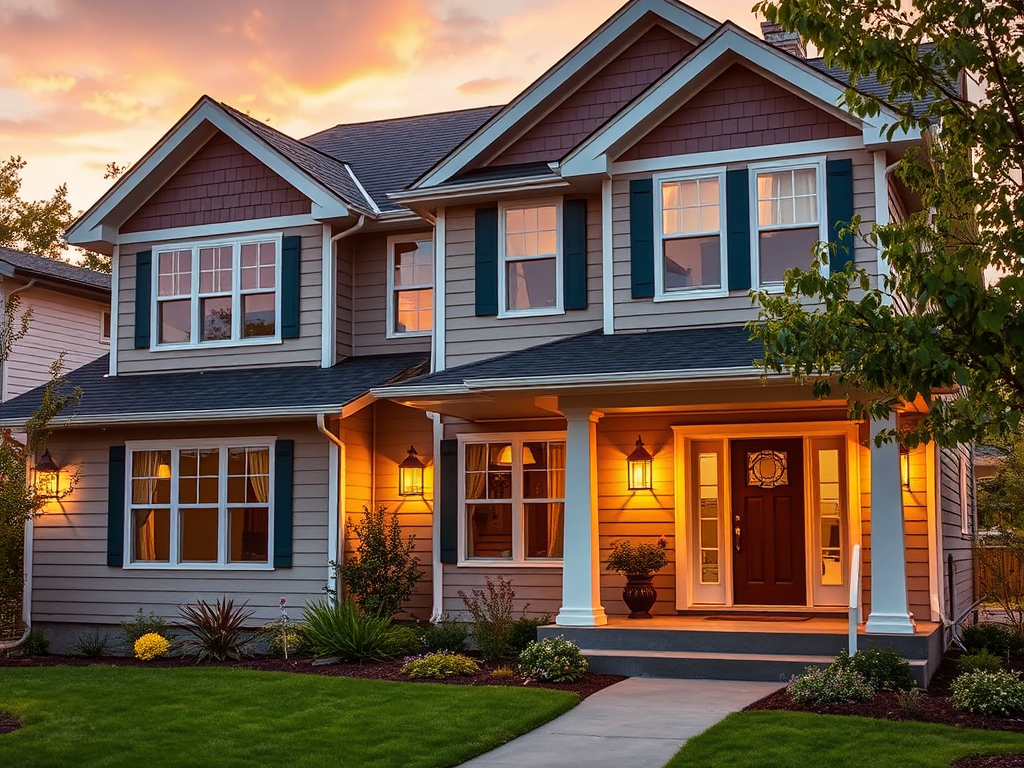It’s that time again… the paint on the exterior of your home has finally begun to flake, chip, and peel… but you just had this done four years ago, you say, and it is already time to get the pocketbook back out! Did you know, that based on the size of an average home, a home will need to be repainted or stained every four years? And let’s face facts, that comes with a big expense! The average cost to repaint or stain a home runs around $6,000 each time around. So basically, in a roundabout way, you need to put back around $1,250 each year to be prepared for when the time comes to paint your home.
Now there is a solution… vinyl siding! Yes, you read that correct. Vinyl siding! Now to some homeowners, who may roll their eyes when those two words are mentioned, it’s time to quit thinking about the reputation this product may have had in the past and look at it now. Just like any product, kinks and flaws work themselves out over time, and that is true when it comes to the vinyl siding industry.
Fade factor has always been an issue with darker colors when it came to vinyl siding. It’s always been accepted and understood that dark colors were not meant for vinyl. Even some of the milder colors, such as Ivory and Linen, have been known to somewhat fade. When discussing vinyl siding there are a few common terms that are used when it comes to fade factor. Hunter Scale and Units, as well as Delta E.
Fade factor is measured on the Hunter Scale which uses Hunter units in Delta E as the way of measurement. A Delta E is unit of measure that gauges and measures the difference between two colors. “A Delta E of 1 or less between two colors that are not touching one another is barely perceptible by the average human observer. The higher the Delta E, the greater the difference between the two samples being compared. 1”
Kaycan Products has found the answer to siding fade, as well as a way to differentiate itself from the rest of the vinyl siding industry with innovative technology known as ColorFast. “Partnering with a world leader in acrylic technology, Kaycan has developed a process to fuse a protective acrylic layer to a vinyl base. The colored acrylic layer resists the harmful effect of the sun’s ultra-violent rays that cause fading. 2” Acrylic can actually remain looking new for several decades, regardless of age or exposure to sun.
A prime example of this relates directly to the car industry. Have you ever seen an old car running down the road that is rusted and beat up, or possibly even one from the 1950’s sitting in a junkyard on its last leg? We all have, right? Have you ever noticed the taillights? I mean we see the rest of the car is rusted to bone and the paint is faded and chipped away, but what about those tail lights? They’re still shiny! They look brand new, don’t they? The reason is acrylic. Tail lights, just light Kaycan vinyl siding, contain acrylic to help retain their finish over time.
Kaycan puts all of their products through rigorous testing to obtain and achieve the performance they are looking for. Through these studies, which include 18 months’ studies, as well as five year studies, many observations and findings have taken place. Kaycan observed, over a five-year period, that vinyl siding containing ColorFast Technology achieved a Delta E of 1… the competitors… between four and five.
Competitor Day 1 After 18 Months

Kaycan Day 1 After 18 Months

This is just one topic of the many discussions that can take place when speaking about vinyl siding. I could go on and on about the pros of vinyl siding but this blog would end up being pages long, and neither you or I want that. So in our next blog we will discuss the phenomenon of the siding wave. Tune in next time to see just what exactly I am talking about. Until next time my friends, keep improving!
1 - http://www.colorwiki.com/wiki/Delta_E 2 - http://info.kaycan.com/helios/








